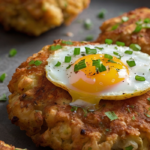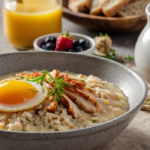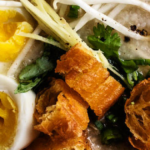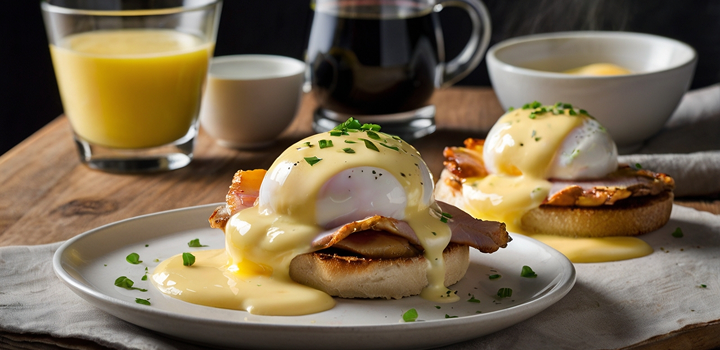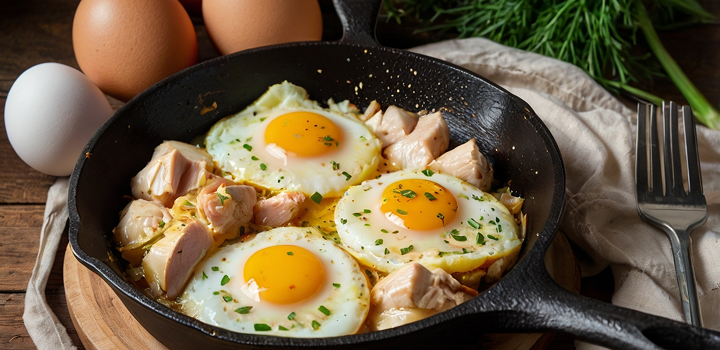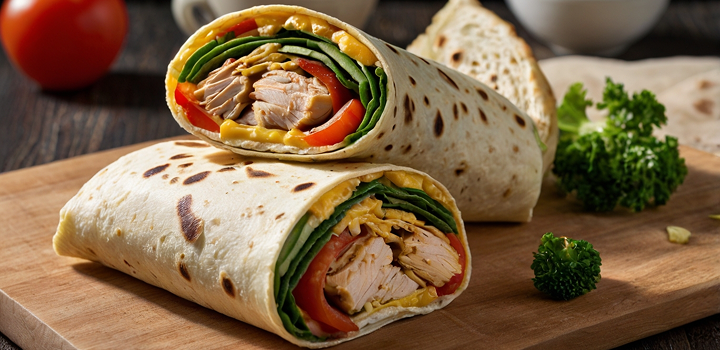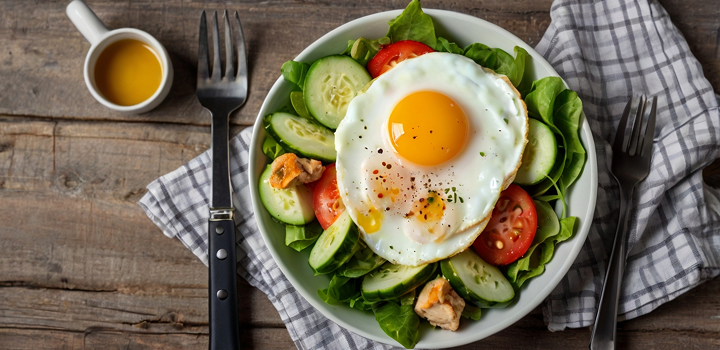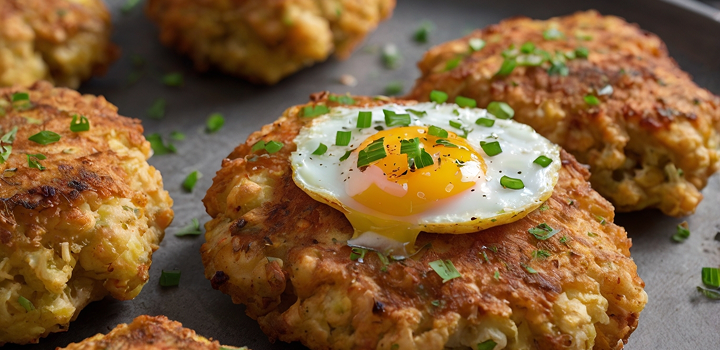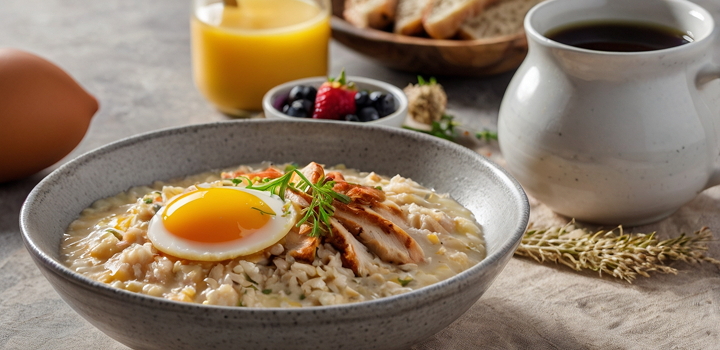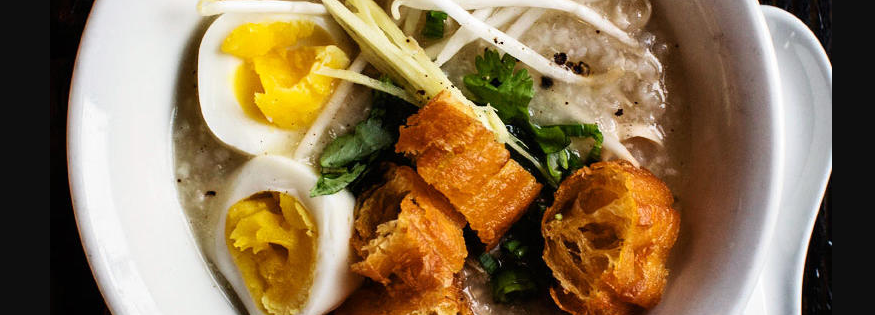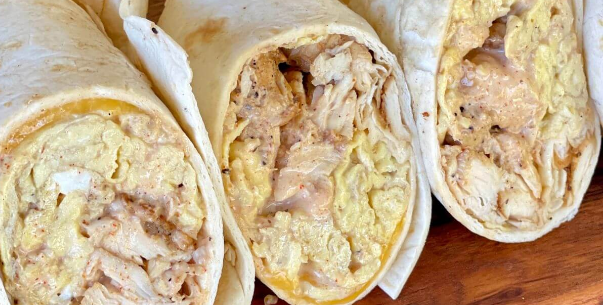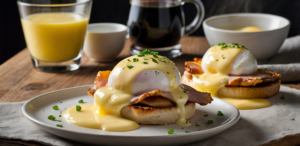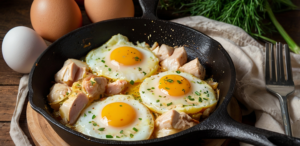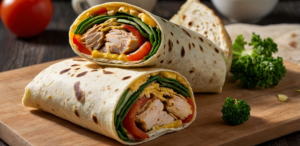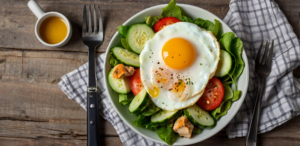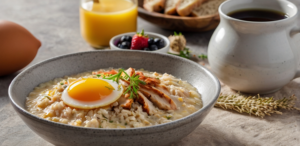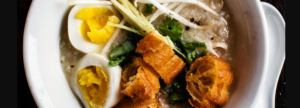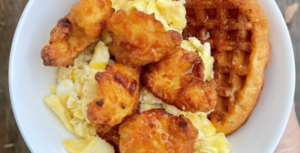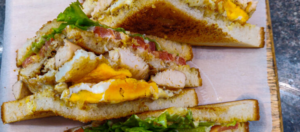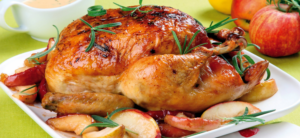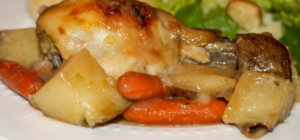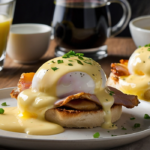
Chicken Eggs Benedict
Why Make Chicken Eggs Benedict at Home High-Protein Brunch Alternative I’ve cooked a lot of…
Country Style Chicken and Eggs
Why Make a Country Style Chicken and Eggs Skillet Comforting One Pan Meal I’ve been…
Chicken Breakfast Wrap
Why Choose a Chicken Breakfast Wrap High Protein Breakfast on the Go I’ve cooked for…
Chicken and Egg Breakfast Salad
Why Breakfast Salad Works Protein for Sustained Energy I’ve cooked professionally for years, and if…
Chicken Breakfast Fritters
Why Make Breakfast Fritters with Ground Chicken Quick, Hand-Held Protein Mornings don’t wait, and neither…
Chicken Breakfast Porridge
Why Choose Chicken Porridge for Breakfast? Health Benefits When I first started making savory porridge…
Chicken breakfast porridge: with chicken, rice or oats, butter, egg
Not the porridge you think it is Forget everything you associate with porridge if all…
Chicken and waffles for breakfast: with fried chicken, waffles, butter, maple syrup
The unlikely combo that actually works Sweet and salty. Crunch and soft. Greasy and golden.Chicken…
Chicken and egg sandwich: with chicken, egg, toast, lettuce, sauce
The sandwich that actually holds up A lot of breakfast sandwiches fall into two categories:…
Chicken breakfast burrito: with chicken, egg, tortilla, cheese
Why this wrap beats your toast You can eat a dry piece of toast and…



